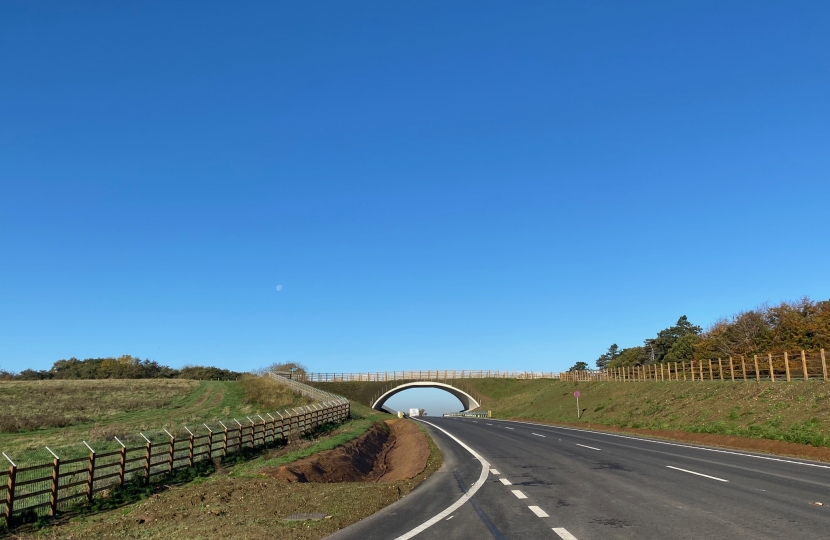
Transport is one of the biggest emitters of carbon in the United Kingdom.
Nationally around 122 megatonnes of carbon are emitted every year just from moving ourselves and other items around our country and communities. Almost half of those emissions come from cars and taxis.
About a third comes from moving objects around in heavy or light goods vehicles. The remainder is generated from shipping, buses, rail, domestic aviation, motorbikes and other transport options.
Cllr Gregor Murray, Executive member for Climate Emergency Wokingham Borough Council writes Part 5 in a series on tackling the Climate Emergency
Around the world, car companies are pushing hard to launch electric vehicles (EV) and build their EV range. While the brand-new cost of these vehicles is currently high, over time these costs are likely to improve. The prevalence of company fleets in the new car market means that in 3-4 years’ time the secondhand market will be a lot more affordable.
The Government in the UK has announced two new laws that will help transport decarbonisation. The first is helping to bring an end to sales of new petrol and Diesel vehicles from 2030 and hybrids from 2035, something that locally I pushed for via an Individual Executive Member Decision. The second, announced only a few days ago, will mandate electric vehicle chargers in all new homes. These are significant steps forward, but clearly there is a lot more still to be done to fully decarbonise transport in the UK.
Here in Wokingham Borough, around 30% of our carbon emissions come from moving around. We have a number of challenges in decarbonising our transport network. We have some of the highest household car ownership in the country. We have a mixed urban/rural geography where many do not have nearby access to public transport. And, importantly, we have many historic towns, where adding greenways, cycleways or widening pavements is challenging.
To deliver decarbonisation, we have to solve for the root causes of our emissions. For transport, that means looking at the reasons why residents and goods are moving around our Borough, and then finding solutions to achieve the same objective in different ways. We are talking to our local business community, encouraging them to think about a more flexible approach to work, continuing, where they can, remote working. Removing short and long-distance car commutes from our roads will go a long way to cutting carbon emissions. Our MyJourney team have been running programmes for many years. This year’s Beat the Street was a huge success and got kids, and parents walking, cycling and finding ways to school that didn’t depend on the car.
With local bus companies, we are working on a Bus Service Improvement Plan to go along with our Low Emissions Transport Strategy, and which will be followed by a strategy to decarbonise distribution across our Borough. Later this year, the Council will launch its Electric Vehicle Charging Strategy, building on the EV Usage Survey earlier this year. We are working how best to provide EV charging across our Borough, including in our car parks, at commercial properties and for on-street charging where practical.
We are also continuing to expand our cycleways, greenways and public rights of way across our Borough. We already have more than 170,000 meters of them, roughly one metre per resident of Wokingham Borough. But we want to do more to provide ways for you to explore on foot or bike through a that network is fully accessible.
There are many benefits of transport decarbonisation. Improved air quality, reduced noise levels, reduced congestion, and more active lifestyles leading to healthier and longer lives. You can help deliver all these benefits by choosing to walk short distances, cycle where you can and work from home is possible.



